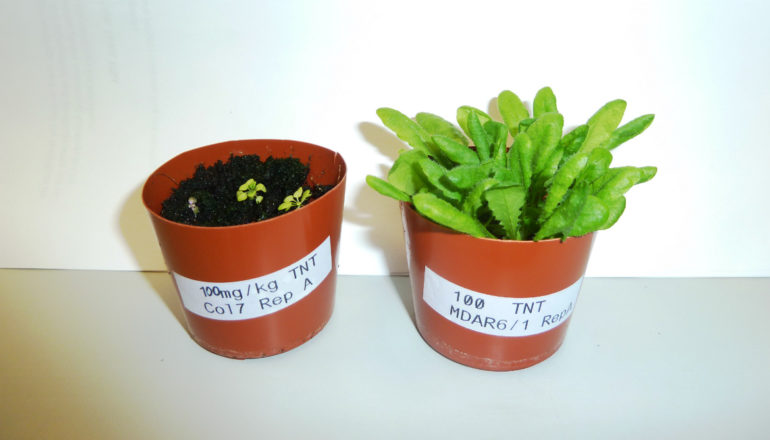As a species, humans hardly grasp the ramifications of their actions. Whether it be the rapid climate change or the shattering effects of war. Even though we realise that we are the main culprits in both these cases, under no circumstances do our actions look like we are on the course of correction. The snail’s pace of climate talks or our outright refusal to contribute to dialogue and engage in wars instead are proof enough to show that left to politicians, sooner or later our Earth’s environment will soon turn hostile for our own survival and bring our end nearer.
Researcher Emily Johnston and her team at the University of York, recently studied the reaction in the mitochondria that leads to the formation of the superoxide. Their study found that MDHAR6, short for monodehydroascorbate reductase 6, enzyme is essential for formation of the superoxide and causes damage to the plants. Johnston and her colleagues went a step ahead and created a plant with a mutant MDHAR6 gene so that the enzyme created is faulty and does not react with TNT. Since the superoxide is not formed, plants continue to grow normally, even in the presence of TNT and slowly work towards clearing the contaminated land of explosive compounds.
 |
| Researcher Emily Johnston and her team at University of York have created a genetically modified plant that can grow in soil containing explosives like TNT |
This finding is also important in the wake of rising resistance to everything that is genetically modified. Asking for a blanket ban on everything genetically modified is not helping our growth. Instead, we must consider each modification on a case to case basis and outweigh the pro and cons before deciding to support or oppose the use of the technology.
If you would like to read more of these interesting stories from the world of science, subscribe to our blog and we will send you an email every time we post something new and interesting. Alternatively, you can follow us on social media such as Facebook, Twitter or Google Plus!
References
Karl T, Harley P, Emmons L, Thornton B, Guenther A, Basu C, Turnipseed A, & Jardine K (2010). Efficient atmospheric cleansing of oxidized organic trace gases by vegetation. Science (New York, N.Y.), 330 (6005), 816-9 PMID: 20966216
Johnston EJ, Rylott EL, Beynon E, Lorenz A, Chechik V, & Bruce NC (2015). Monodehydroascorbate reductase mediates TNT toxicity in plants. Science (New York, N.Y.), 349 (6252), 1072-5 PMID: 26339024


